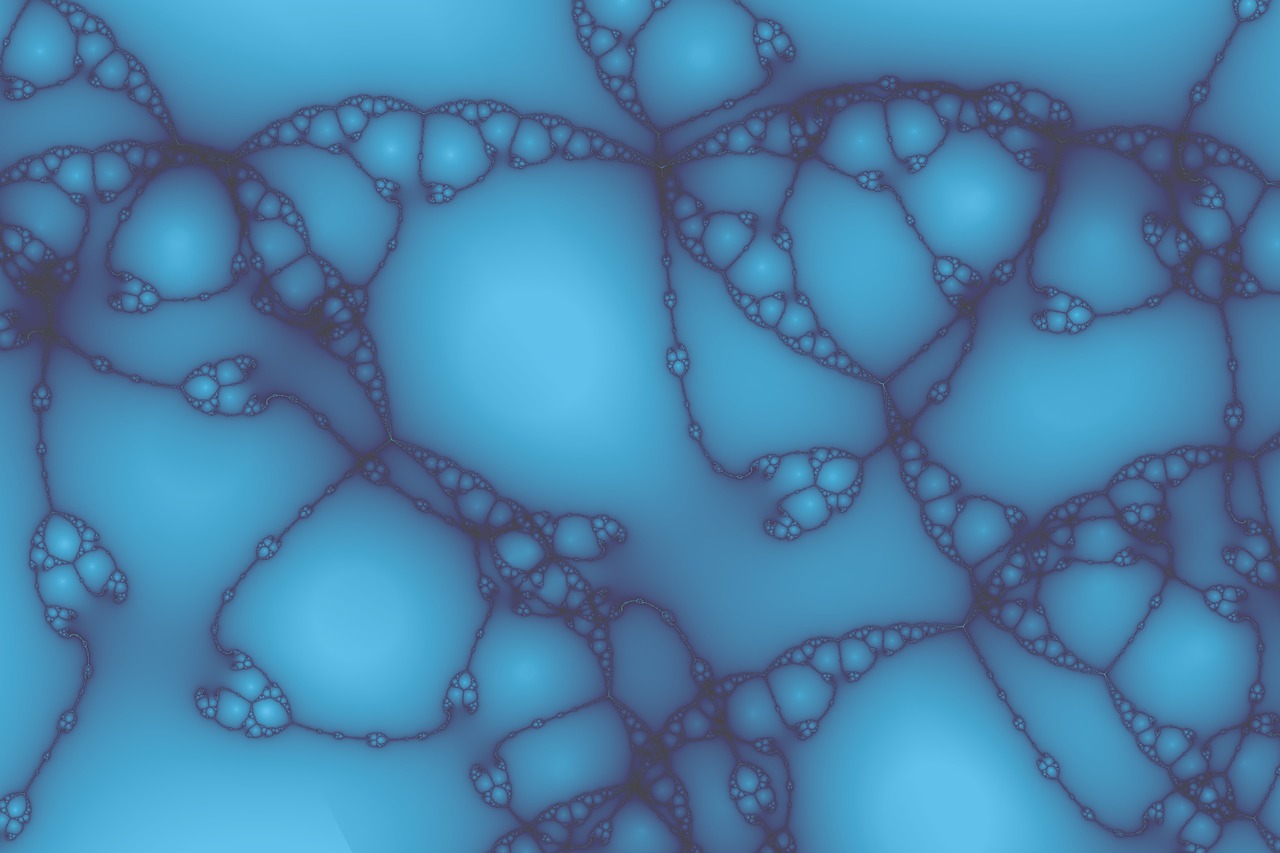虽然突触粘附蛋白已被识别为精神分裂症的遗传风险因子,但尚不清楚它们在病情发展中扮演什么角色。一项新的研究表明,Neuregulin-1 (Nrg1) 及其受体 ErbB4的功能是调控特定抑制性皮层回路中的连接性。
由于人们对抑制性突触是怎样形成的知之甚少,所以这项研究为Nrg1/ErbB4信号作用在这一过程中的参与提供了重要证据,并且还为了解这些基因在精神分裂症的发病中所起作用提供了一个视角。
生物谷推荐原文出处:
Nature doi:10.1038/nature08928
Control of cortical GABA circuitry development by Nrg1 and ErbB4 signalling
Pietro Fazzari,Ana V. Paternain,Manuel Valiente,Ramón Pla,Rafael Luján,Kent Lloyd,Juan Lerma,Oscar Marín" Beatriz Rico
Schizophrenia is a complex disorder that interferes with the function of several brain systems required for cognition and normal social behaviour. Although the most notable clinical aspects of the disease only become apparent during late adolescence or early adulthood, many lines of evidence suggest that schizophrenia is a neurodevelopmental disorder with a strong genetic component1, 2. Several independent studies have identified neuregulin 1 (NRG1) and its receptor ERBB4 as important risk genes for schizophrenia3, 4, although their precise role in the disease process remains unknown. Here we show that Nrg1 and ErbB4 signalling controls the development of inhibitory circuitries in the mammalian cerebral cortex by cell-autonomously regulating the connectivity of specific GABA (γ-aminobutyric acid)-containing interneurons. In contrast to the prevalent view, which supports a role for these genes in the formation and function of excitatory synapses between pyramidal cells, we found that ErbB4 expression in the mouse neocortex and hippocampus is largely confined to certain classes of interneurons. In particular, ErbB4 is expressed by many parvalbumin-expressing chandelier and basket cells, where it localizes to axon terminals and postsynaptic densities receiving glutamatergic input. Gain- and loss-of-function experiments, both in vitro and in vivo, demonstrate that ErbB4 cell-autonomously promotes the formation of axo-axonic inhibitory synapses over pyramidal cells, and that this function is probably mediated by Nrg1. In addition, ErbB4 expression in GABA-containing interneurons regulates the formation of excitatory synapses onto the dendrites of these cells. By contrast, ErbB4 is dispensable for excitatory transmission between pyramidal neurons. Altogether, our results indicate that Nrg1 and ErbB4 signalling is required for the wiring of GABA-mediated circuits in the postnatal cortex, providing a new perspective to the involvement of these genes in the aetiology of schizophrenia.







